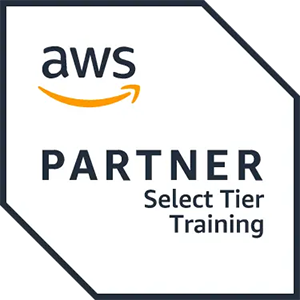In this 3-day hands-on virtual instructor-led training (VILT) course, you will learn the skills needed to practice as a system administrator responsible for installation, configuration, administration, and support of Forcepoint NGFW.
Through instructional content, demonstrations, and hands-on lab practice exercises, you will learn the requirements and recommendations to successfully deploy Forcepoint NGFW in a variety of network environments.
You will develop expertise in creating security rules and policies, managing users and authentication, configuring VPNs, performing deep traffic inspection, and accomplishing common administration tasks including status monitoring and reporting.

 United Kingdom
United Kingdom Germany
Germany Denmark
Denmark Sweden
Sweden Italy
Italy Netherlands
Netherlands Norway
Norway 
















 Kesto
Kesto  Toimitus
Toimitus  Hinta
Hinta